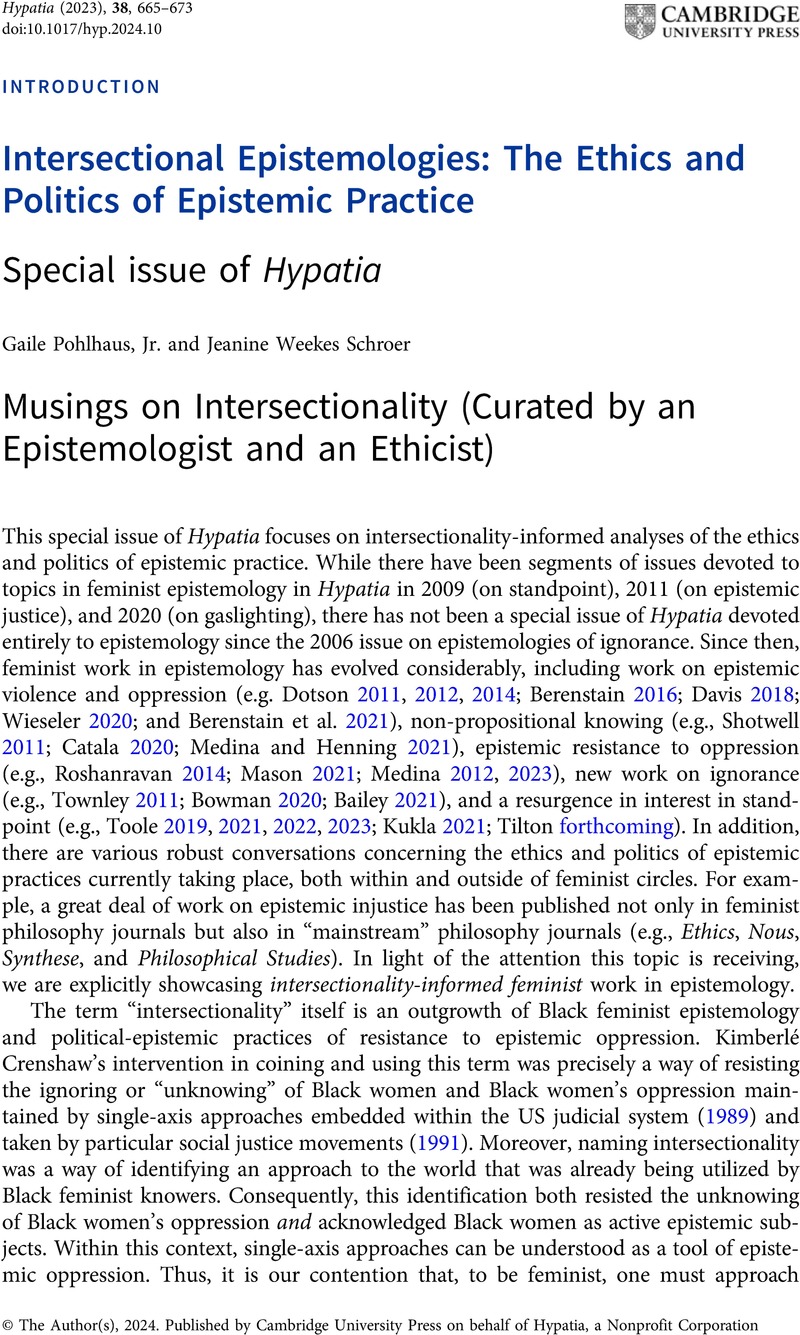Crossref Citations
This article has been cited by the following publications. This list is generated based on data provided by Crossref.
Seidlein, Anna-Henrikje
Porz, Rouven
and
Kohlen, Helen
2025.
Perspektivische Erweiterung in der Klinischen Ethikberatung: Der Beitrag der Care-Ethik.
Zeitschrift für Ethik und Moralphilosophie,
Vol. 8,
Issue. 1,
p.
183.


